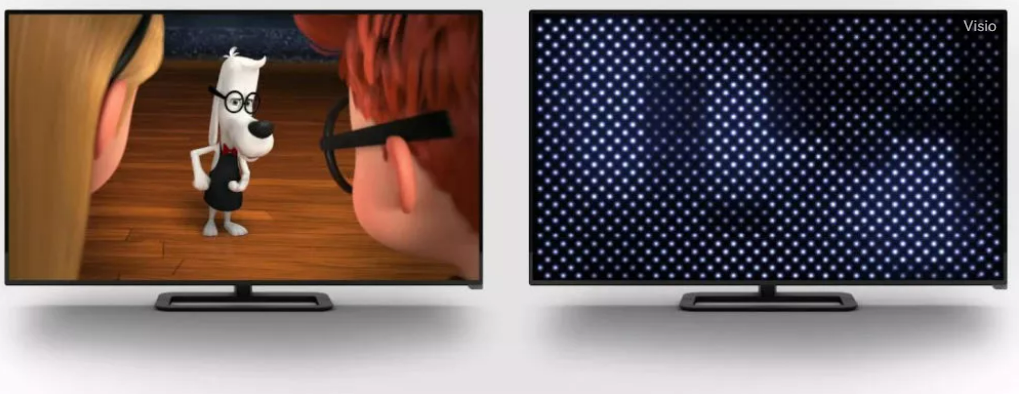Mini LED Technolgy
State-of-the-art Mini and Micro LED Module
MiniLED is the latest display technology, and our company has also closely followed technological development and mastered miniLED mass production technology to serve customers. If customers want to know more about our company's miniLED products, please contact me. Below we also briefly introduce the miniled technology.
Mini-LED is state-of-the-art technology in LCD display industry. Our company also Mini-LEDs use very small LEDs to produce the display’s light. This new technology traces its roots back to traditional backlit LCD technology. Except rather than using a single large or multiple smaller locally dimmed backlights, Mini-LED uses thousands of tiny LED backlights to offer vastly superior local dimming characteristics. To meet the Mini-LED classification, these backlight diodes measure less than 0.2mm across each.
Local dimming is very important for LCD displays because backlight bleed leads to inferior blacks and contrast ratios compared to OLED displays, where individual pixels turn on and off. This is a hybrid approach that aims to emulate the emissive nature of OLED, but with less design complexity. Think of it as LCD’s best shot at taking on OLED. Don’t confuse this with Micro-LED technology though, which is more closely aligned to OLED. But more on that in a minute.
Moving to thousands rather than hundreds of tiny backlights allows for deeper blacks, improved contrast ratios, and brighter panels. That’s great for HDR content. All thanks to the smaller components. Mini-LED technology also scales from small to huge panel sizes quite easily, as there’s no meaningful limit on the size and density of the backlights. However, they are still bound by the size limitations of the LCD matrix that converts the white backlight into colors. But that’s not something that concerns smaller consumer electronics.

Why are Mini-LEDs important?
Mini-LEDs are essentially the best of both worlds between traditional LCDs and OLED panels. They bring the contrast of OLED panels and are set to be much easier and cheaper to make than OLED displays. Further, the ease of making a Mini-LED panel (compared to an OLED or Micro-LED panel) also means they can be used to construct small displays, like the ones we see on notebooks, tablets and yes, even smartphones.
While Mini-LEDs are still on the expensive side, the technology is set to become more affordable in the near future, and could eventually replace displays on affordable technology like non-premium TVs, monitors, smartphones and more.
Today, Mini-LEDs are already being implemented in TVs and even laptops like the MSI Creator 17. The technology is also set to power all Apple iPads and MacBooks of the future. The upcoming iPad Pro is likely to have a Mini-LED display.
Micro-LEDs are an extension of OLED panels, on a more precise scale. Micro-LED panels basically mean smaller individual LED panels in an OLED screen. While OLED panels already cost more than LCD panels, Micro-LEDs take that cost up way higher for this very reason. Making even a fairly small Micro-LED panel incurs a lot of cost because of the super-precise construction. That is also likely why most of us will not be using Micro-LED TVs in our homes anytime soon.